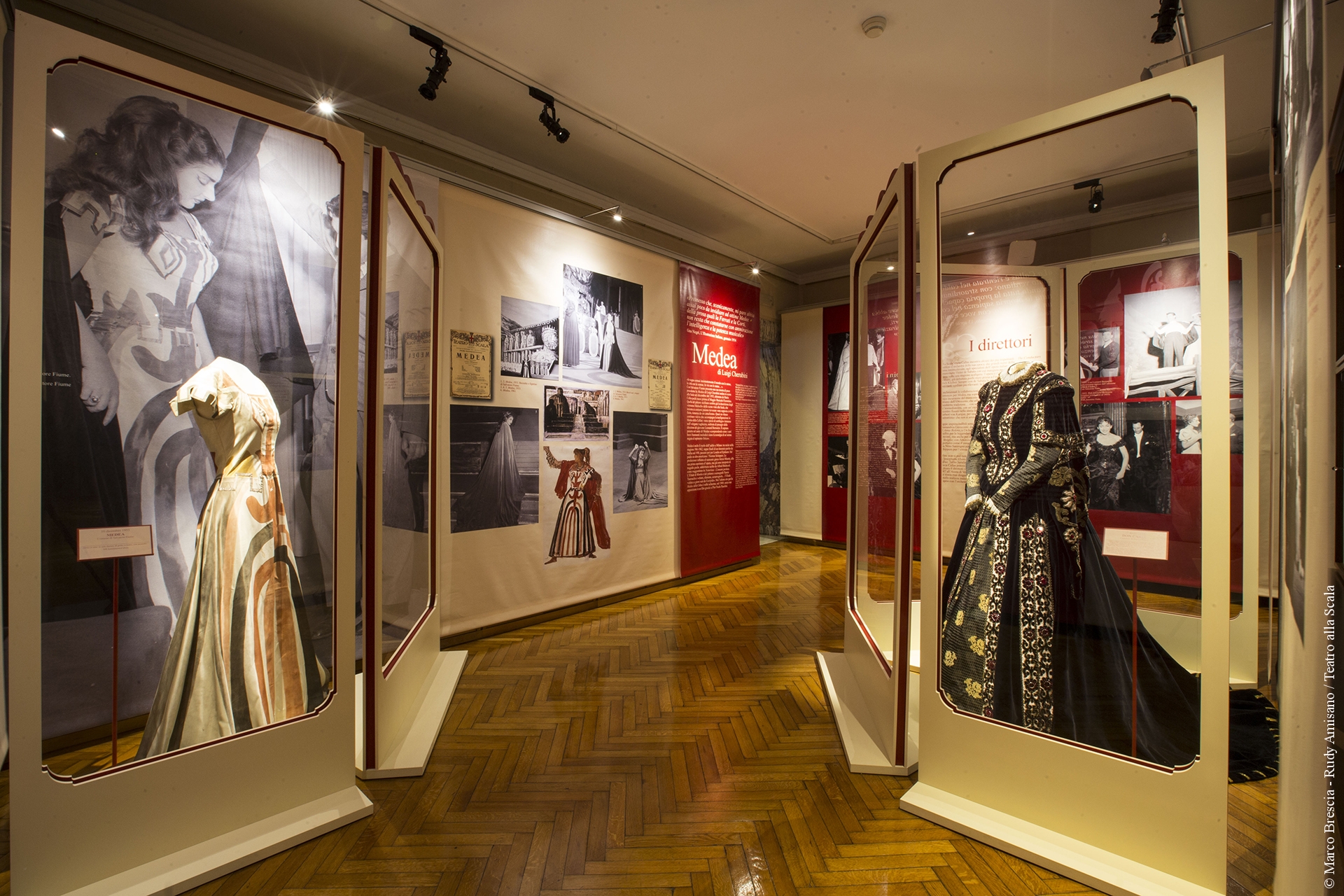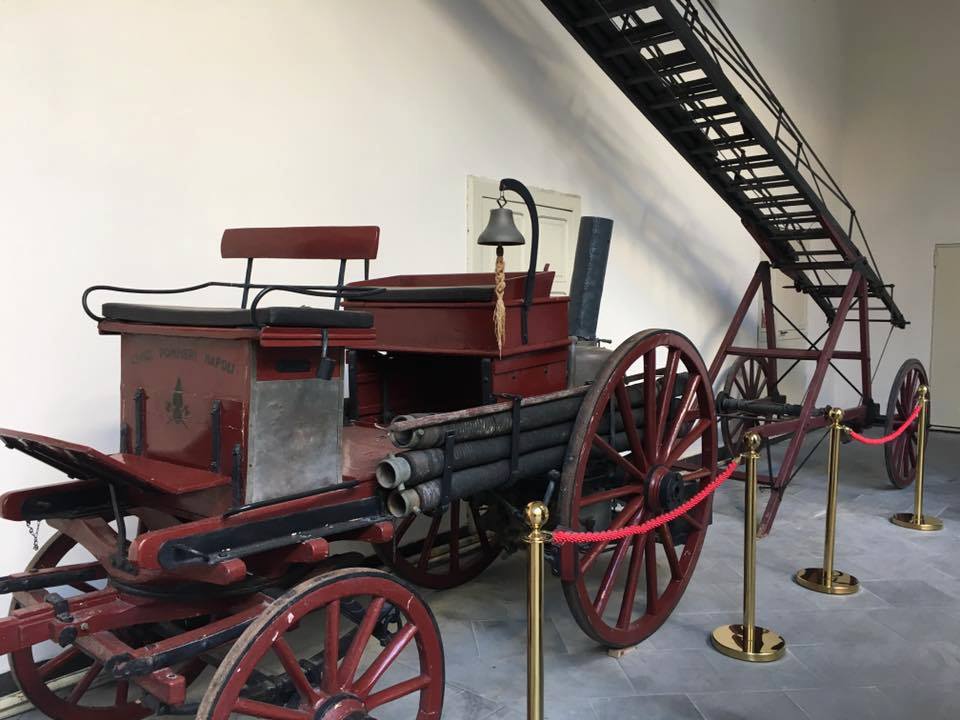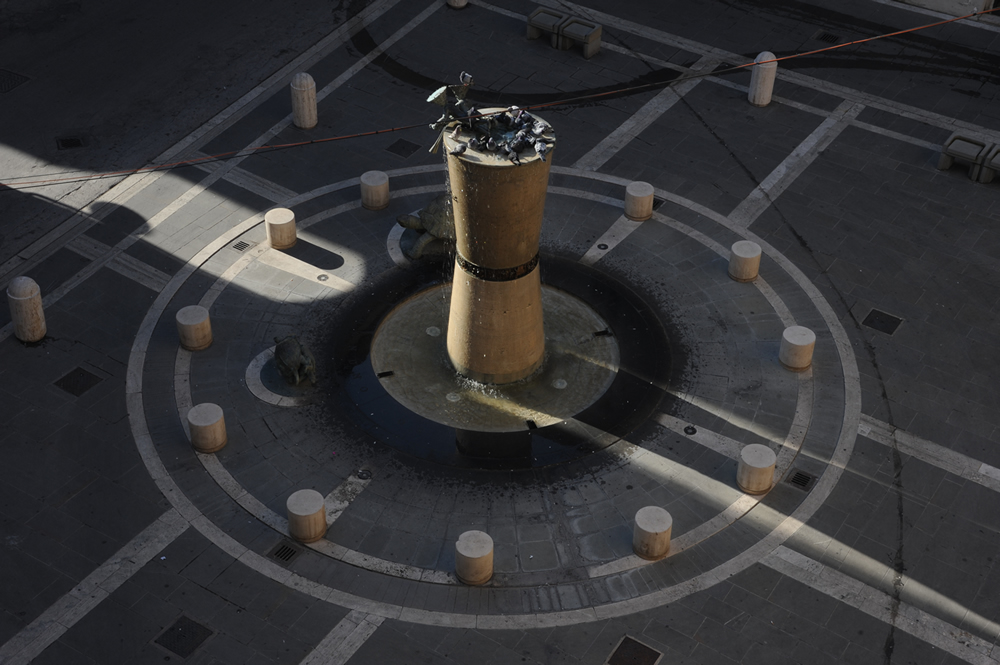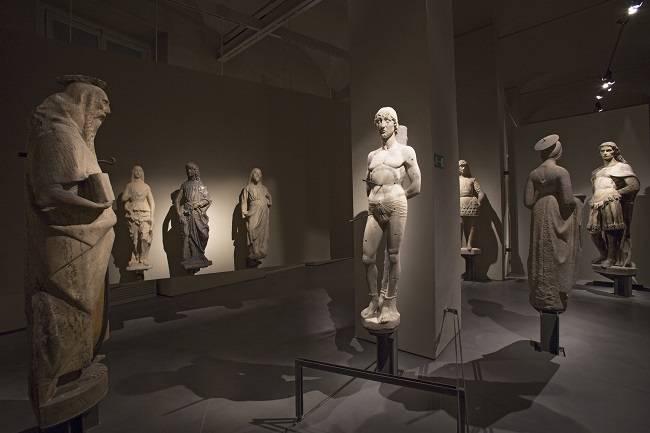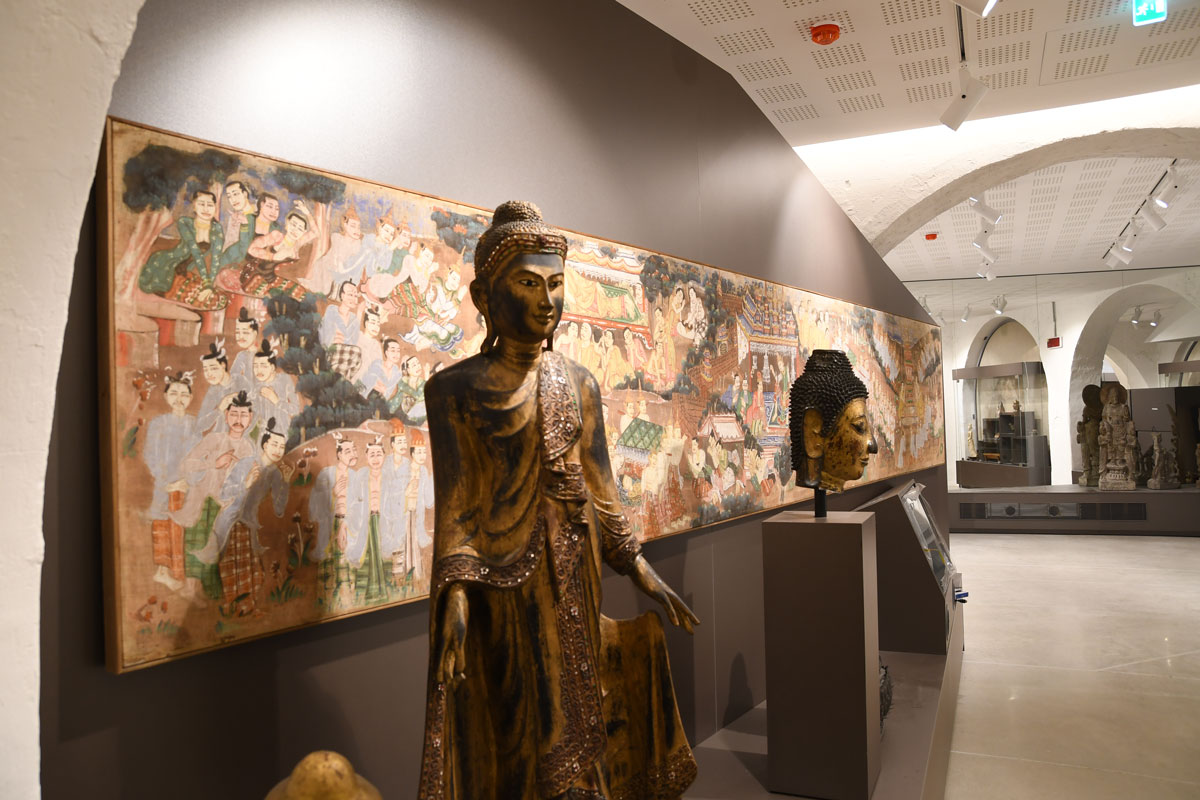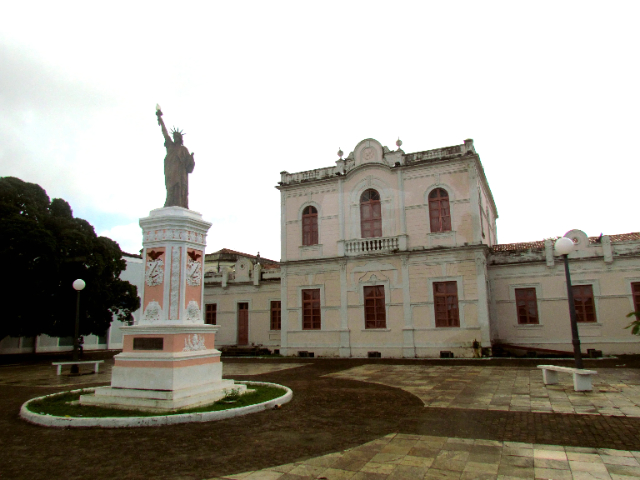A first nucleus of the Museo Teatrale alla Scala was established in 1911 with the purchase at a Parisian auction of the private collection of the Parisian antique dealer Giulio Sambon, a great theatre lover. The purchase was made possible thanks to a public subscription and an allocation from the Government. The collection was intended to document the history of the show from antiquity to the present day, initially without any relation to the specific activity of the La Scala theatre. The Museum was officially opened on 8 March 1913.
In the following years many donations and acquisitions were added to the initial core of the collection. During the Second World War, the collections were moved to secure locations for safekeeping and after the war, after reconstruction, the museum was rearranged by Fernanda Wittgens. The exhibition area of the museum consists of 14 rooms and displays the marble busts and portraits of numerous composers, conductors and artists of the European musical scene of the last two centuries, as well as ancient musical instruments. Some paintings depict the Teatro alla Scala. A painting by Angelo Inganni represents the façade of La Scala in 1852, when the entrance to the theatre was still close to the buildings and the square in front of it had not yet been opened.
The archive section of the library preserves large collections of set designs, theatre sketches, otographies, playbills and posters, opera librettos, letters from actors, directors, composers and singers who have collaborated with the Teatro alla Scala from the 17th century to the present day. There are also numerous manuscript musical scores by Giuseppe Verdi, Gioachino Rossini, Giacomo Puccini and Gaetano Donizetti. There are also some musical manuscripts of complete operas including: the Requiem Mass by Giuseppe Verdi and the Tancredi by Gioachino Rossini.
